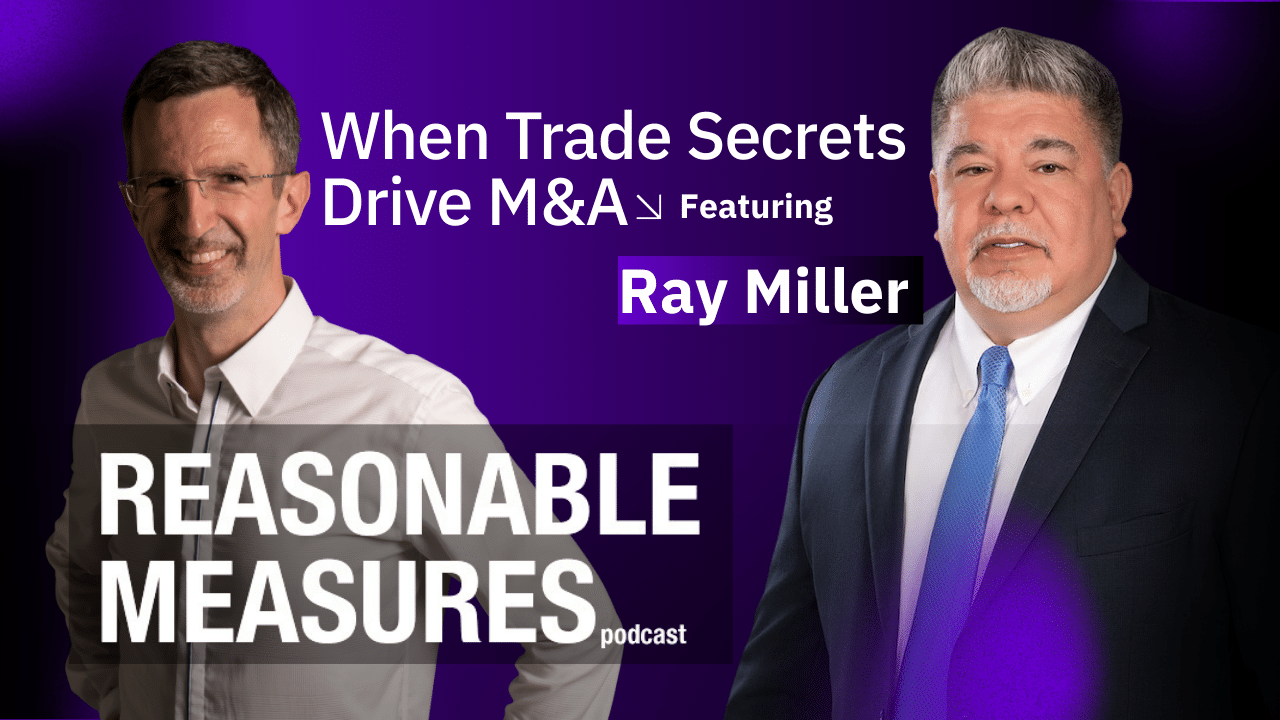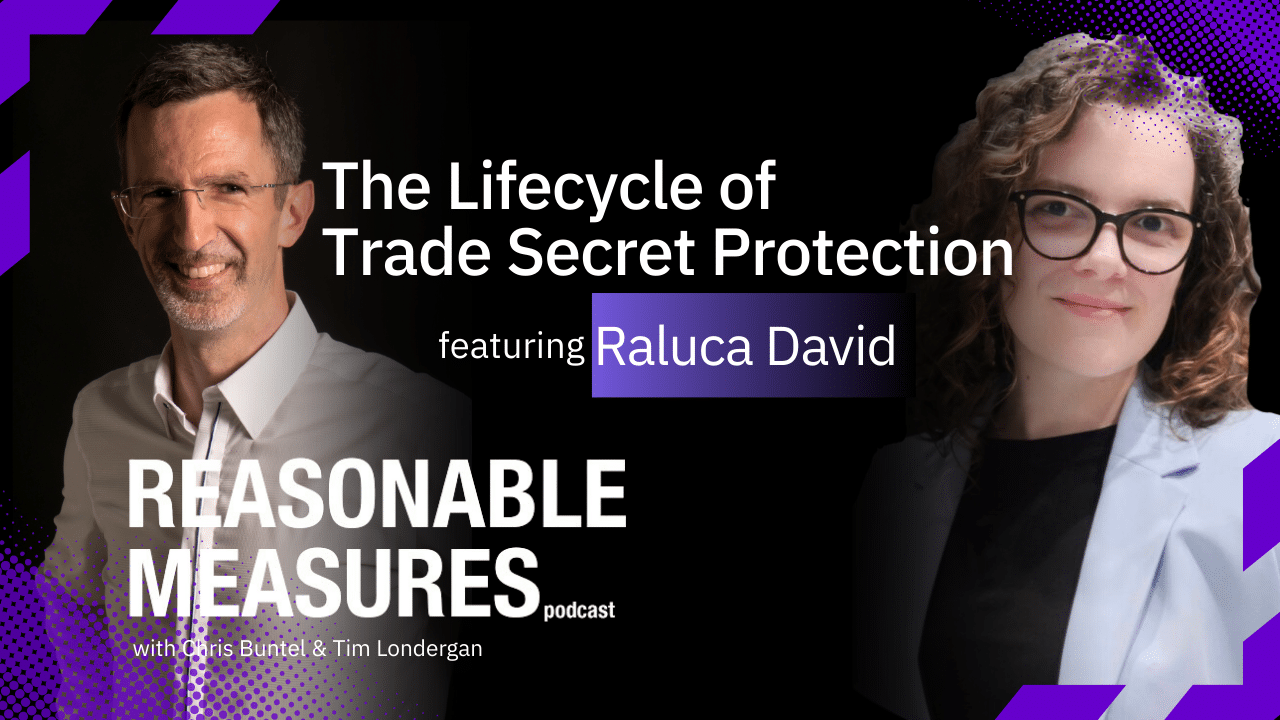What’s the difference between a patent and a trade secret?
Patents and trade secrets are both tools for protecting intellectual property, but they operate in fundamentally different ways. The choice between them has real consequences for how innovation is disclosed, used, and defended.
Understanding the difference is essential for building a smart IP strategy.
A patent protects through disclosure
A patent is a government-granted right that gives you exclusivity over an invention for a fixed period, typically 20 years. In return, you are required to publicly disclose how the invention works. This disclosure is published and searchable, so anyone can access the information.
During the patent term, others cannot make, use, or sell the invention without your permission. Once the patent expires, the invention becomes public and can be freely used by anyone.
Patents are valuable when you want to:
- Secure a time-limited monopoly
- License or sell the invention transparently
- Show clear ownership of a specific product or method
- Build a public IP portfolio to support fundraising or market position
A trade secret protects through confidentiality
A trade secret is any information that gives a company a competitive edge because it is not publicly known. This can include proprietary algorithms, formulas, methods, customer lists, or internal processes.
Trade secrets are protected indefinitely—as long as they remain secret. There is no public disclosure, registration process, or expiration. But there is also no legal protection if you fail to take reasonable steps to keep the information confidential.
Trade secrets are effective when:
- The information is hard to reverse engineer
- The value lies in know-how or process, not just the end product
- The innovation will evolve over time
- Disclosure would help competitors too much
Key differences at a glance
| Feature | Patent | Trade Secret |
| Protection method | Public disclosure and registration | Confidentiality and secrecy |
| Duration | 20 years | Indefinite, as long as secret |
| Public or private | Publicly disclosed | Privately held |
| Enforcement requirements | Automatic once granted | Must prove reasonable protection |
| Common examples | Pharmaceuticals, hardware, devices | Formulas, code, algorithms |
| Costs | High filing and legal costs | Lower cost, but ongoing vigilance |
Why this matters
Choosing between a patent and a trade secret is not just a legal decision. It shapes how you bring products to market, interact with partners, and defend your edge.
Many companies use both. They patent what must be disclosed and protect everything else as trade secrets. This hybrid strategy helps balance legal protection, competitive advantage, and operational flexibility.
How Tangibly can help
Tangibly helps companies navigate the gray area between patents and trade secrets. We help identify what should be disclosed and protected with a patent, and what should be secured through confidentiality.
Our platform brings structure, documentation, and oversight to your trade secret program so that you can protect your most sensitive know-how with confidence.
The smartest IP strategies rely on both patents and trade secrets. Learn more.
Here’s a full draft for “What Companies Like Tesla, Google, and Moderna Keep Secret” written in Tangibly’s brand tone: professional, modern, direct, and engaging.









